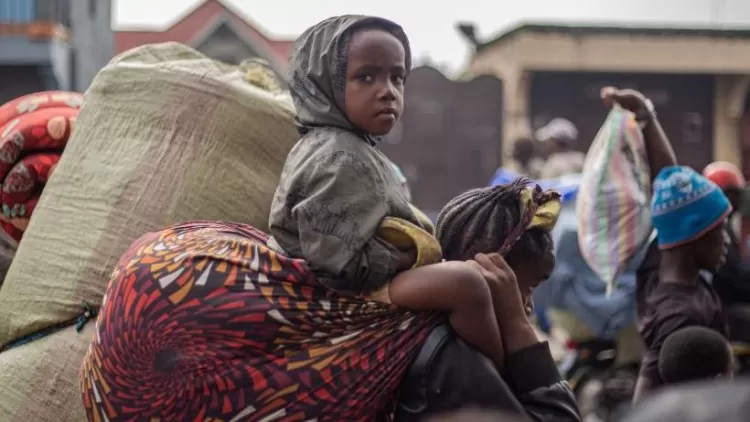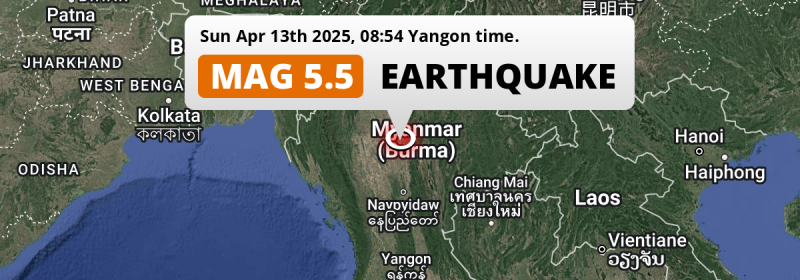DR Congo Crisis: Intensified Fighting in Goma Claims Over 700 Lives, Thousands Injured in Seven Days
The recent flare-up of violence in Goma, Democratic Republic of Congo (DRC), has left over 700 people dead and more than 2,800 injured in just one week. This sharp escalation in fighting between the DRC government forces and rebel groups has sparked a humanitarian crisis and calls for international intervention to restore peace and security in the region.

Introduction
The ongoing conflict in the Democratic Republic of Congo (DRC) has reached new levels of violence as clashes between government forces and rebel groups intensify in Goma, a city in the eastern part of the country. Over the past week, more than 700 people have been killed, and over 2,800 have sustained injuries. These staggering figures highlight the dire humanitarian situation and the urgent need for international intervention.
The DRC has long been plagued by armed groups vying for control, particularly in the eastern provinces. With the latest escalation, the safety of civilians and United Nations (UN) personnel has become a focal point for international discussions, with the world watching to see how the global community will respond to the crisis.
Background

The DRC’s eastern provinces have been hotspots of violence for years, primarily due to the presence of rebel groups like the M23. These armed factions fight for control of the country’s rich mineral resources, which are highly sought after on the global market. The government’s inability to maintain control over large parts of the region has resulted in prolonged instability, contributing to a humanitarian crisis that affects millions of people.
In recent weeks, fighting has intensified in Goma, a strategic city located near the borders with Rwanda and Uganda. The M23 rebel group has launched new offensives, further destabilizing the region. Despite the presence of UN peacekeepers, the violence continues to escalate, drawing international attention to the urgent need for a peaceful resolution.
Main Developments: A Surge in Violence
The most alarming development in the conflict has been the dramatic rise in casualties. In just seven days, over 700 people have lost their lives, and thousands have been injured in the crossfire. This surge in violence has left hospitals overwhelmed and displaced people fleeing for their lives. Many civilians have been caught in the conflict, unable to escape the fighting that has engulfed their communities.
The humanitarian situation in Goma is deteriorating rapidly, with a severe shortage of medical supplies and basic necessities like food and clean water. International aid organizations have been struggling to meet the growing demand for assistance, but access to affected areas remains difficult due to ongoing clashes. The UN and other humanitarian groups are calling for increased resources to address the immediate needs of those affected by the violence.
The Role of UN Peacekeepers and Protection of Civilians
One of the most pressing issues in the DRC conflict is the safety of UN personnel working in the region. The UN has been actively involved in peacekeeping missions in the DRC for years, but the challenges of maintaining peace in such a volatile environment are immense. The safety of UN peacekeepers is increasingly at risk as rebel groups target them in their bid for control.
In response to the escalating violence, the UN has reiterated the importance of protecting civilians and UN personnel as a fundamental international obligation. All member states, including those in the region, are being called upon to uphold this responsibility. The situation in Goma underscores the urgent need for effective international cooperation to safeguard both humanitarian workers and local populations.
Analysis: Implications for the Region and the World
The violence in Goma is not just a local issue; it has far-reaching implications for the entire Great Lakes region. The DRC is surrounded by countries with their own political and security concerns, making the conflict highly complex. Tensions between the DRC and neighboring Rwanda, in particular, have exacerbated the situation. Rwanda has been accused of supporting the M23 rebels, though the Rwandan government denies these allegations.
The conflict in Goma also has economic and geopolitical implications, particularly given the DRC’s vast mineral wealth. The region is a key supplier of cobalt, tin, and other minerals crucial to global industries. Continued instability in the DRC could disrupt these supply chains, affecting international markets and exacerbating the global economic impact of the conflict.
Moreover, the situation in Goma has drawn attention to the broader issue of UN peacekeeping efforts. While the UN has made significant contributions to maintaining peace in conflict zones, the situation in the DRC illustrates the limitations of peacekeeping missions when faced with highly armed and organized rebel groups. This raises questions about the effectiveness of current peacekeeping strategies and whether more robust action is needed to prevent further escalation.
Regional Focus: The Role of Neighboring Countries
Neighboring countries such as Rwanda, Uganda, and Burundi have a vested interest in the stability of the DRC. However, tensions between the DRC and Rwanda are a major complicating factor. Rwanda has long been accused of supporting the M23 rebels, though the Rwandan government denies these claims. This has led to diplomatic tensions and further complicated efforts to bring about a ceasefire.
The DRC’s neighbors must play a constructive role in addressing the crisis, working together with the international community to prevent the conflict from spilling over into neighboring states. Diplomatic dialogue is essential to de-escalate tensions and promote regional stability.
International Response and the Path Forward
The international community has expressed concern over the escalating violence in Goma, with both the UN and African Union calling for urgent action to end the bloodshed. While peacekeeping efforts are ongoing, it is clear that a more comprehensive approach is needed to address the root causes of the conflict.
In addition to humanitarian aid, the international community must work toward a political solution that addresses the underlying issues fueling the violence. This includes addressing the presence of armed groups in the region, ensuring accountability for human rights violations, and fostering dialogue between the DRC and its neighbors.
The international community must also recognize the DRC’s strategic importance in global mineral supply chains. The prolonged instability threatens not only the lives of millions of Congolese citizens but also the economic interests of nations worldwide.
Conclusion: A Critical Crossroads for Peace
As the situation in Goma continues to worsen, it is clear that immediate action is needed to prevent further loss of life and suffering. The international community must come together to address the crisis, not only by providing humanitarian aid but also by supporting efforts to bring about a lasting political resolution.
The DRC’s struggle for peace and stability is a critical issue that requires the collective efforts of all stakeholders, including regional powers, the UN, and international organizations. Only through a coordinated and sustained effort can the violence in Goma be brought to an end and the path toward peace in the DRC be secured.
What's Your Reaction?















